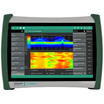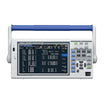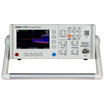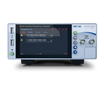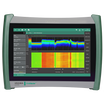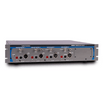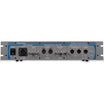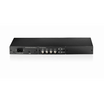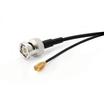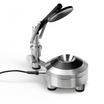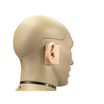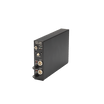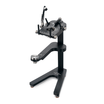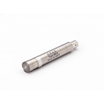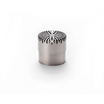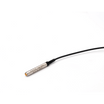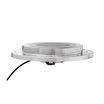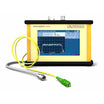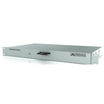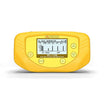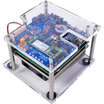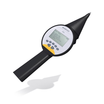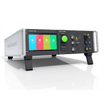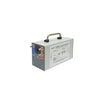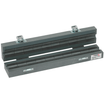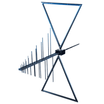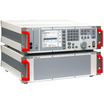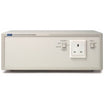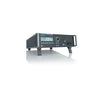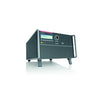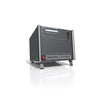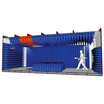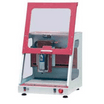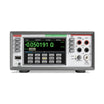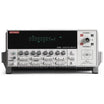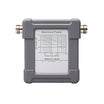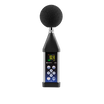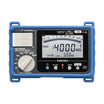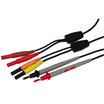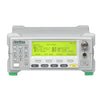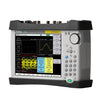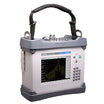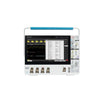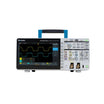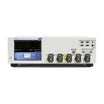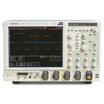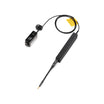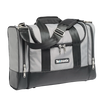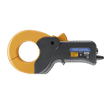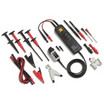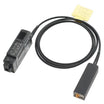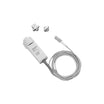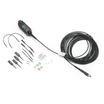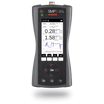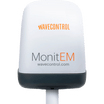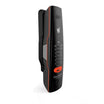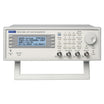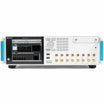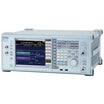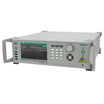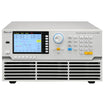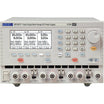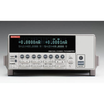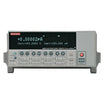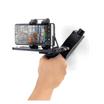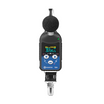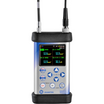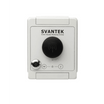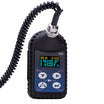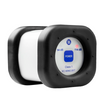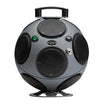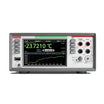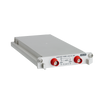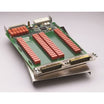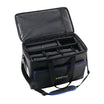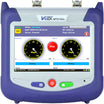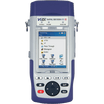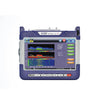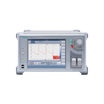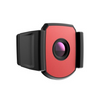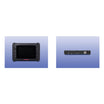Anechoic Chamber: Definition, Applications, and Acoustic Standards
An anechoic chamber is a specialized room designed to eliminate sound reflections and external noise, creating an environment that mimics free-field conditions. Such chambers are vital for precision acoustical measurements, equipment calibration, and auditory research. Their design follows strict criteria, such as those specified in ISO 3745:2012, to ensure accuracy and repeatability of results. In this article, we explore what anechoic chambers are, how they work, and why they are essential in the field of acoustics and beyond.
What Is an Anechoic Chamber?
An anechoic chamber is a “room without echo”in which sound waves are completely absorbed by highly specialized wedge-shaped foam or fiberglass panels covering all interior surfaces.
There are two main types:
- Anechoic rooms: all six surfaces are absorptive (walls, floor, ceiling),
- Hemi-anechoic rooms: five surfaces are absorptive; the floor remains reflective to support machinery or human presence.
These environments are widely used in laboratories for acoustic measurements, microphone calibration, and sound power level determination of noise sources.

How Does an Anechoic Chamber Work?
An anechoic chamber achieves silence through:
- Sound-absorbing materials: Fiberglass or foam wedges dissipate sound energy.
- Isolated construction: Rooms are built on vibration dampers to prevent external noise intrusion.
- Geometry: Wedge shape prevents standing waves and maximizes absorption.
The result is a free-field environment where sound propagates spherically from the source without interference—ideal for measuring direct sound radiation.
Anechoic Chamber Uses
Anechoic chambers are crucial for applications that require a highly controlled, reflection-free acoustic environment. They are particularly used in:
- High-precision sound power measurements in accordance with ISO 3745,
- Calibration of electroacoustic devices, such as microphones and noise dosimeters,
- Testing of hearing aids and headphones, where free-field conditions are essential,
- Characterization of loudspeakers and audio systems, ensuring accurate directivity and frequency response,
- Electromagnetic compatibility (EMC) and RF testing, when equipped as RF anechoic chambers,
- Psychoacoustic and perceptual research, where elimination of acoustic reflections is critical.
While not always mandatory, anechoic chambers offer the highest accuracy and repeatability, and are indispensable when reflections or ambient noise could compromise the results. In contrast, measurements in reverberant or semi-reflective environments are subject to greater uncertainty and may require correction factors or alternative testing standards such as ISO 3744 or ISO 3746.
Qualification and Standards: ISO 3745 and ISO 26101
ISO 3745:2012 Key Points
- Provides precision methods (Grade 1) for measuring sound power levels using sound pressure.
- Requires free-field conditions from 100 Hz to 10 kHz.
- Specifies background noise requirements (e.g., 10 dB below source level in critical bands).
- Defines spherical or hemispherical measurement surfaces, microphone arrays, and measurement uncertainty.
ISO 26101:2012 Enhancements
- Introduces detailed procedures for chamber qualification.
- Requires stricter stability of sound sources (±0.2 dB).
- Allows greater flexibility in test source positioning (centered or use-case based).
More detailed traverse paths and tolerance limits, especially at low frequencies
Reverberation Time in Anechoic Chambers
Reverberation Time (RT60), the time it takes for sound to decay by 60 dB, is a common room acoustic parameter. In anechoic chambers, RT60 values typically fall below 0.1 seconds, depending on frequency. Measurements performed in the University of Split chamber confirmed compliance with ISO 3382, showing very low reverberation times across octave bands.
Anechoic vs Reverberation Chambers
Understanding the difference is critical when selecting the correct test environment.
Anechoic Chamber
Reverberation Chamber
Minimized (absorptive)
Maximized (reflective)
Free-field
Diffuse-field
Device calibration, free-field tests
Absorption coefficient testing
ISO 3745
ISO 354
The Quietest Room on Earth
The current record for the quietest anechoic chamber belongs to Microsoft’s facility in Redmond, USA, with an ambient noise level measured at −20.3 dBA. For comparison, 0 dBA is the threshold of human hearing. Inside such a chamber, people can hear their own heartbeat, joints moving, and even blood circulation.
How Long Can a Person Stay in an Anechoic Chamber?
While anechoic chambers are not dangerous, the extreme silence can be mentally unsettling. In typical environments, sound provides spatial orientation. Without it, many people experience disorientation, loss of balance, or auditory hallucinations. Most volunteers last less than 45 minutes before requesting to exit.
These effects make such chambers ideal for psychoacoustic studies, but also underline their complexity when used for human-subject experiments.

Summary
Anechoic chambers are not just “quiet rooms”—they are precision instruments in architectural form. Their ability to recreate free-field conditions enables accurate, repeatable measurements crucial for product development, compliance with international standards, and advanced acoustic research.
Manufacturers of acoustic instruments commonly use anechoic chambers to verify device performance, conduct microphone calibration, and ensure compliance with ISO standards during the design phase. SVANTEK’s in-house anechoic chamber is used extensively for both testing and developing sound and vibration measurement instruments, providing controlled conditions for precise acoustic analysis. This facility is an integral part of the company’s R&D and calibration processes, ensuring every product meets the highest technical and quality requirements.
Key Takeaways
- Anechoic chambers simulate free-field acoustic environments by eliminating sound reflections and external noise, making them essential for accurate acoustic measurements.
- ISO 3745:2012 and ISO 26101 define the qualification criteria and performance requirements for anechoic and hemi-anechoic rooms used in precision testing.
- Such chambers are critical for sound power level measurements, microphone calibration, and electroacoustic device testing, especially in compliance with international standards.
- The quietest anechoic chambers, such as Microsoft’s −20.3 dBA facility, reach below the threshold of human hearing, demonstrating extreme control over background noise.
- While incredibly useful, anechoic chambers can have psychological effects on people due to the absence of reflected sound, often limiting human exposure to under one hour.
- SVANTEK uses its own anechoic chamber to test, develop, and calibrate high-precision instruments, ensuring compliance with ISO standards and superior product quality.

